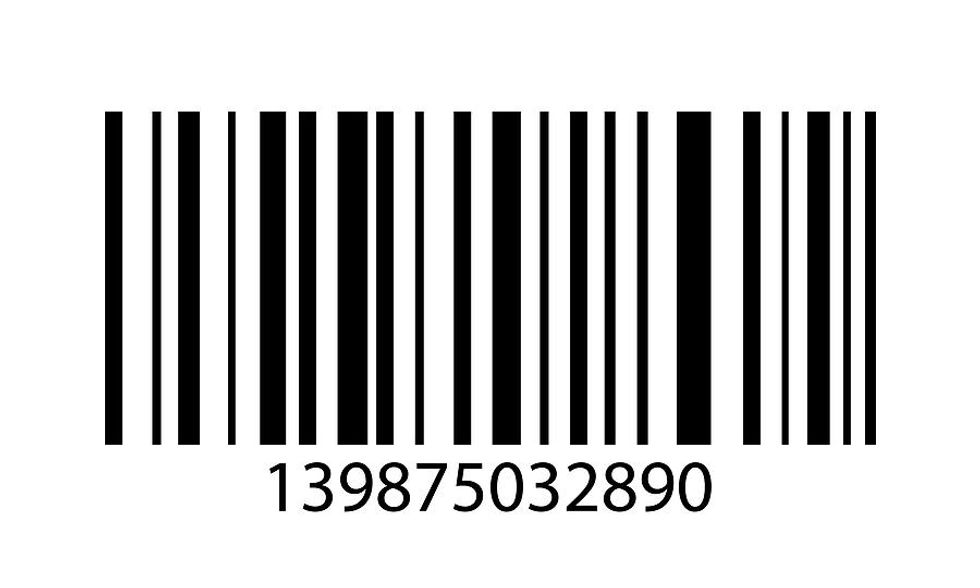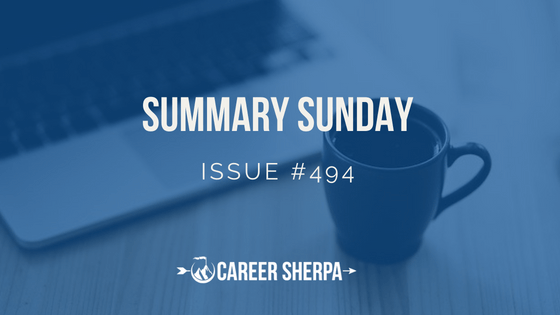Top 10 People You Must Have In Your Network To Find A Job

So, you know it is important to have the two Qs as you build out your network: quality and quantity. But have you considered the importance of having a well-rounded network?
In this labor market, having a strong network is critical to your career success. There are plenty of tips and articles on where to find people, how and when to connect with them, and even what you need to say to attract and maintain your network. This article focuses on who should be in your network.
Here are the top 10 people that should be in your network, no matter if you’re looking for a job or happy in your current positionâbecause every job is temporary!
Who Should Be Part Of Your Network?
There are 10 types of people you should have in your network:
- The mentor
- The coach
- The industry insider
- The trendsetter
- The connector
- The idealist
- The realist
- The visionary
- The partner
- The wanna-be
1. The Mentor

This is the person who has reached the level of success you aspire to have. You can learn from their successes as well as their mistakes. Heed their wisdom and experience. This relationship offers a unique perspective because they have known you through several peaks and valleys in your life and watched you evolve.
2. The Coach

The coach is someone who comes in at different times in your life. They help with critical decisions and transitions and offer an objective perspective with no strings attached.
3. The Industry Insider

This is someone in your chosen field who has expert-level information or access to it. This person will keep you informed on what’s happening now and what the next big thing is. Invite them to be a sounding board for your next innovative idea.
4. The Trendsetter

This is someone outside of your chosen industry that always has the latest buzz. It can be on any topic you find interesting. The goal in having this person in your network is to look for those connections that spark innovation via the unconventional. It will also help you keep your conversations interesting.
5. The Connector

This is a person who has access to people, resources, and information. As soon as they come across something related to you, they are sending you an email or picking up the phone. Connectors are great at uncovering unique ways to make connections, finding resources and opportunities most people would over look.
6. The Idealist

This is the person in your network you can dream with. No matter how “out there” your latest idea is, this is the person that will help you brainstorm ways to make it happen. Without judgment, they are focused on helping you flesh out your dreams in high definition, even if you don’t have a solid plan yet on how to make it happen.
7. The Realist

On the flip side, you still need the person who will help you keep it real. This is the person who will give you the raised eyebrow when your expectations are a little to unrealistic and need some grounding. These are not people who knock down your dreams; rather, they challenge you to actively make your dreams happen.
8. The Visionary

Visionary people inspire you by their journey. They are similar to the Idealist, but the visionary can help you envision an actual plan to reach your goal. One personal encounter with this type of person can powerfully change the direction of your thinking and life.
9. The Partner

You need to have someone who is in a similar place and on a similar path to share with. In fact, partners do a lot of sharing. This is a person you can share the wins and woes with. Partners will also share resources, opportunities, and information.
10. The Wanna-Be

This is someone you can serve as a mentor. Someone you can help shape and guide based on your experiences. One of the best ways to tell you understand something is to be able to explain it to someone else. And sometimes, one of the best motivators for pushing through obstacles and hardship is knowing someone is watching.
Obviously, you will want to have more than 10 people in your network. The trick is to make sure you are building a diverse network by adding people from different industries, backgrounds, age groups, ethnic groups, and so on that fit into the roles listed above.
Building a deep network by only including people from your current profession or business focus leaves too many stones unturned, limiting potential opportunities. Serious about building a strong professional network that can actually provide the leverage you need to make progress at work and the connections to land your dream job? Evaluate your current network and get started filling in the gaps. Happy networking!
Need more help with your career?
We’d love it if you signed up for Work It Daily’s Event Subscription! Get your career questions answered in our next live event!
This article was originally published at an earlier date.









































